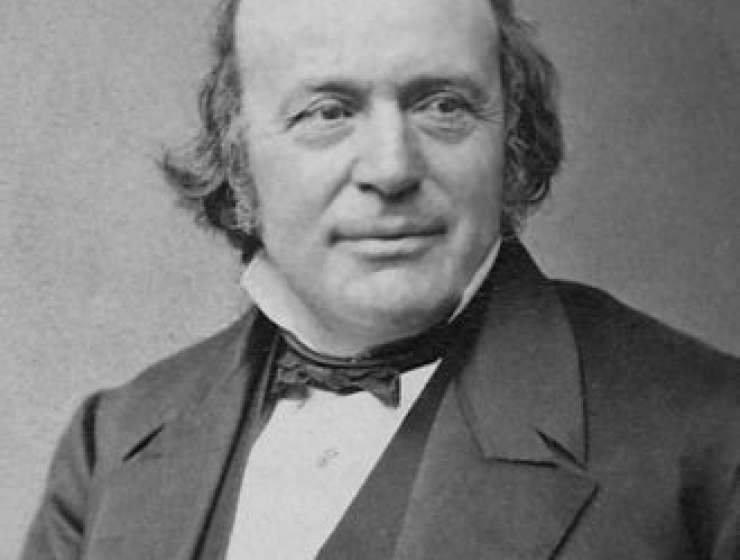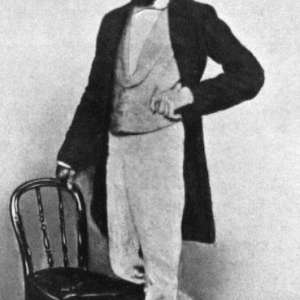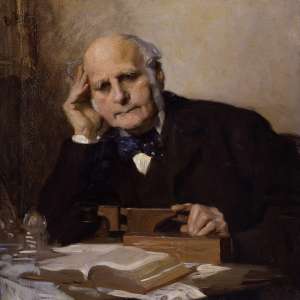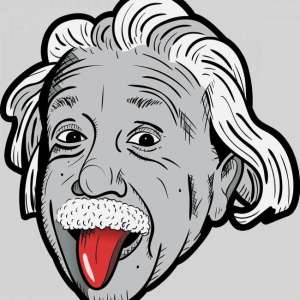
Despite today’s controversy regarding several aspects of his legacy, Swiss-born Harvard Professor Louis Agassiz (1807–1873) was one of the most eminent scientists of his time. After his death, Washington-based photographer and amateur naturalist, Henry Ulke (1821–1910), honored his ‘esteemed friend’ which is clear from his personal letter of condolence addressed to Agassiz’s eldest son Alexander, and a posthumous portrait (oil on canvas) dated 1876. In 1877, his portrait was purchased by the United States Capitol, but it was not accepted by the Joint Committee on the Library.
Thereafter, it soon went missing and remained unnoticed for nearly 150 years, until the same portrait (or at least a second, original version) was brought to auction in 2013 by heirs of the Ulke family. The painting is based on a rare carte-de-visite photograph, which bears the 1876 backstamp of Henry’s brother, Julius Ulke (1833–1910). Both the painting and the card, undoubtedly depicting Agassiz, were once mislabeled as General Francis E. Spinner, United States Treasurer (1802–1890), probably by Henry’s son, Titus Ulke (1866–1961) or another descendent. The rediscovery of the painting is of major historic and artistic importance. It is now on display in the library of Elasmobranch Research, Belgium.










































